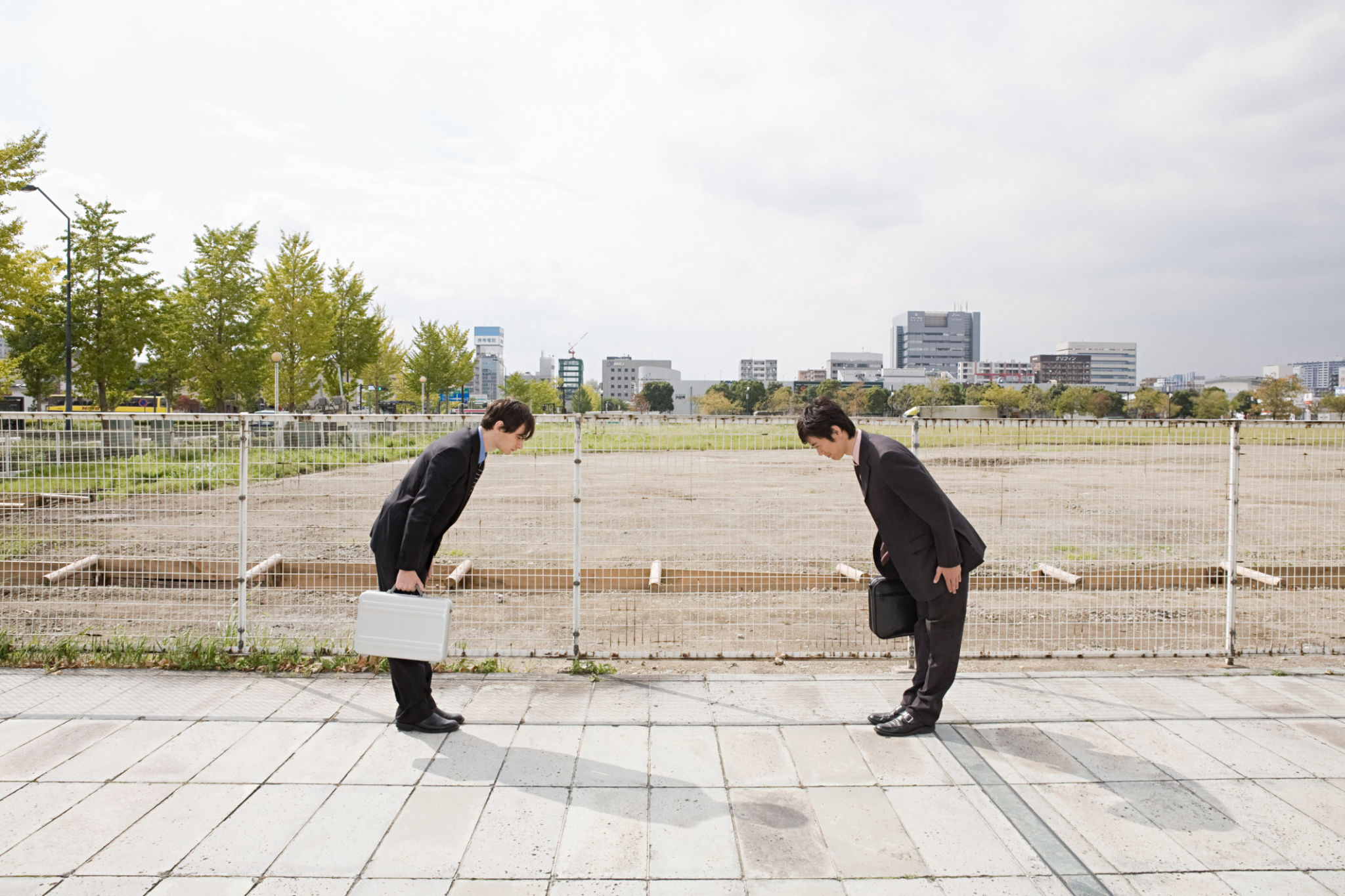Scaffolding Safety in South Australia: Regulations and Best Practices
Understanding Scaffolding Safety Regulations in South Australia
Scaffolding safety is a critical concern in the construction industry, particularly in South Australia where specific regulations govern its use. These regulations are designed to ensure the safety of workers and the general public. In South Australia, scaffolding must comply with the Work Health and Safety (WHS) Act 2012, which outlines the responsibilities of employers and contractors in maintaining safe working environments.
The WHS regulations require that scaffolding work be carried out by a qualified person. This means individuals who erect, alter, or dismantle scaffolding must possess a valid scaffolding license. Additionally, it's essential for employers to conduct regular inspections and maintenance of scaffolding structures to prevent accidents.
Failure to adhere to these regulations can lead to severe penalties and increased risk of workplace injuries. Understanding and implementing these guidelines is crucial for ensuring a safe work environment on construction sites across South Australia.

Best Practices for Scaffolding Safety
Implementing best practices for scaffolding safety involves several key steps that can significantly reduce the risk of accidents. Firstly, proper training is essential. Workers should be educated on the correct procedures for assembling, using, and dismantling scaffolding. Training should also cover hazard recognition and emergency response protocols.
Another best practice is conducting thorough risk assessments before starting any scaffolding work. This involves identifying potential hazards, evaluating their risks, and implementing measures to eliminate or control them. Regular monitoring and review of these assessments ensure that safety measures remain effective throughout the project's duration.
Additionally, using high-quality materials and equipment is vital. Scaffolding components must meet Australian Standards to ensure they can withstand the demands of the construction environment. Regular checks must be conducted to identify any wear or damage to equipment, with immediate repairs or replacements made as necessary.

Importance of Personal Protective Equipment (PPE)
The role of Personal Protective Equipment (PPE) cannot be overstated when it comes to scaffolding safety. PPE serves as the last line of defense against potential injuries. Essential PPE for scaffolding work includes hard hats, non-slip footwear, safety harnesses, and high-visibility clothing.
Employers must ensure that all workers have access to the necessary PPE and are trained in its correct use. Regular audits should be conducted to ensure compliance with PPE requirements, and any damaged or defective equipment should be replaced immediately.
Moreover, fostering a culture of safety where workers feel empowered to speak up about safety concerns can enhance compliance and vigilance on site. Encouraging workers to report unsafe conditions or practices without fear of reprisal is essential for maintaining a safe working environment.

Inspecting and Maintaining Scaffolding Structures
Regular inspection and maintenance of scaffolding structures are vital components of a comprehensive safety strategy. Inspections should be conducted by competent personnel both before use and at regular intervals during the project. Any defects or issues identified during inspections must be addressed promptly to prevent accidents.
Maintenance activities include tightening loose components, ensuring stability on uneven ground, and replacing worn-out parts. These practices help maintain the structural integrity of the scaffolding and ensure the safety of all personnel involved in its use.
Documentation of inspections and maintenance activities is also essential. Keeping detailed records helps track compliance with safety regulations and can be invaluable in the event of an investigation following an incident.
Conclusion
Scaffolding safety in South Australia is governed by stringent regulations designed to protect workers and the public. By adhering to these regulations and implementing best practices, construction companies can create safer work environments. From proper training and PPE usage to regular inspections and maintenance, each aspect plays a critical role in ensuring scaffolding safety.
Ultimately, fostering a proactive approach to safety where everyone on site is aware of their responsibilities can significantly reduce the risk of accidents. This commitment not only protects lives but also enhances productivity by minimizing downtime due to incidents.
